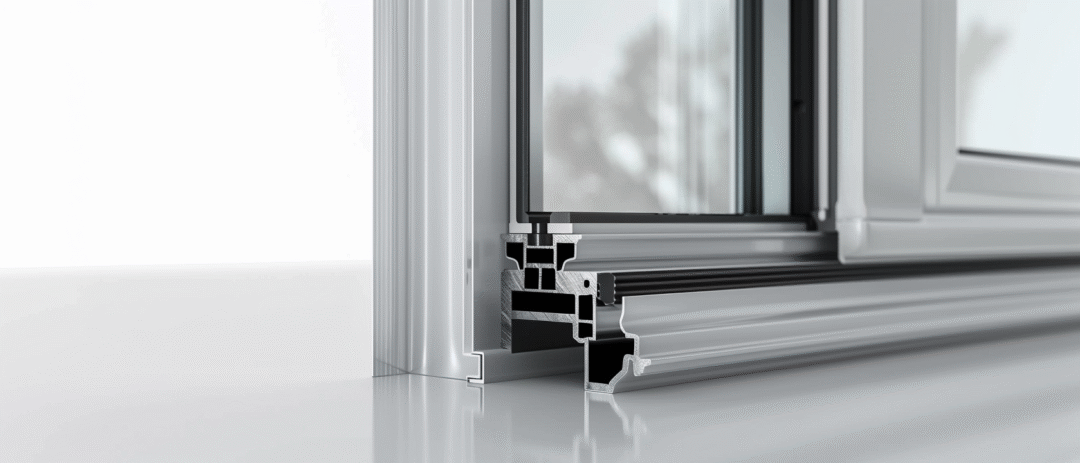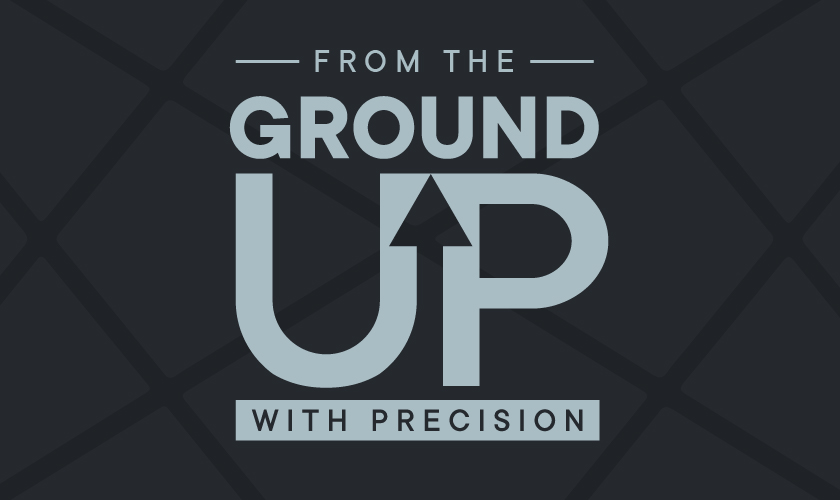I met with a customer this week who asked a question we hear all the time:
“Is aluminium really worth the extra money compared with uPVC?”
It is a great question and got me thinking that he, like many homeowners, wasn’t sure what the real difference was beyond the colour or price tag.
So, if you’ve been wondering the same, here’s the simple truth. Both materials are excellent. The right choice depends on how you plan to use the space, what style you want, and how long you expect to stay in the home.
At Precision, we design in both systems, so here’s a transparent comparison to help you choose confidently.
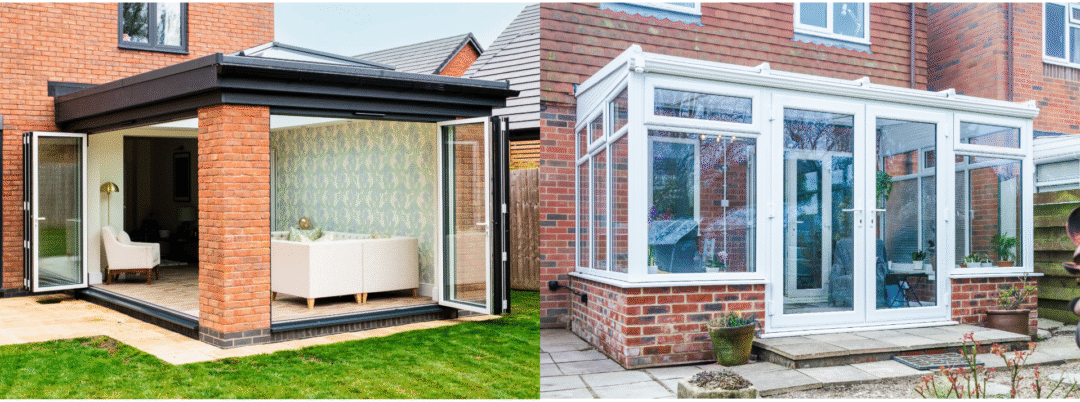
1. Cost & value
In most cases, aluminium frames are around 20–40% more expensive than uPVC equivalents.
That’s because aluminium is stronger, requires more complex manufacturing, and offers slimmer frames.
However, cost isn’t everything.
- uPVC keeps the project budget lower while delivering great insulation.
- Aluminium costs more initially but offers a longer lifespan and higher resale appeal thanks to its modern look and build quality.
💡 Precision Tip: For long-term homes or high-design projects, aluminium is often worth the investment. For classic conservatories or value-led builds, uPVC delivers unbeatable performance for the price.
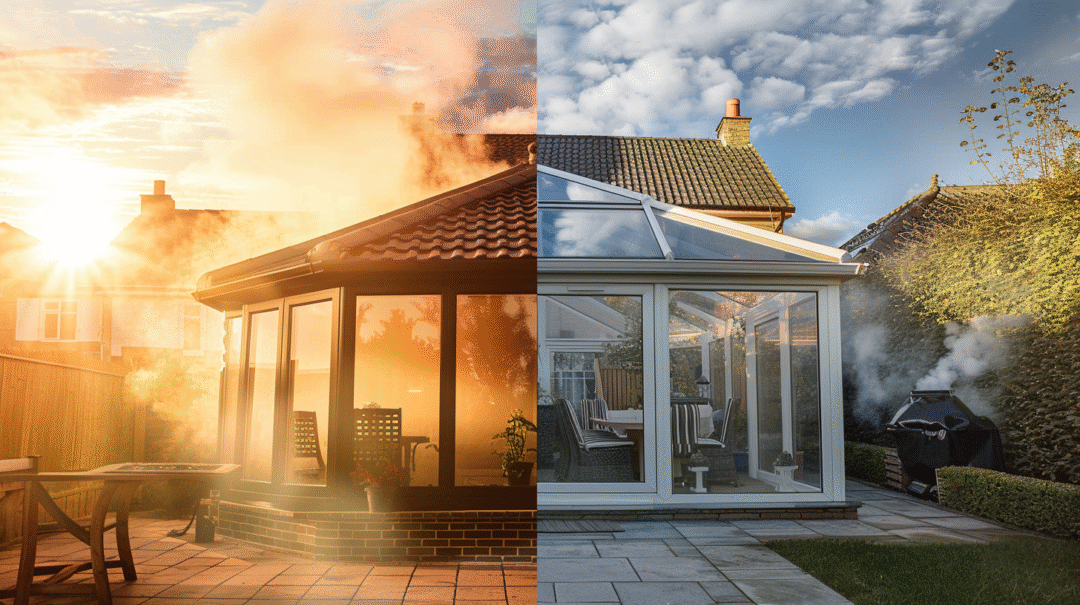
2. Thermal Performance
Thermal efficiency has levelled out in recent years.
- uPVC is naturally more insulating, reducing heat transfer through the frame.
- Aluminium used to lag behind but now features advanced thermal breaks – hidden barriers that stop heat loss.
What is a thermal break?
A thermal break is a thin, non-metal layer (often made of plastic or resin) built inside the aluminium frame.
It separates the cold exterior metal from the warm interior, preventing heat from escaping and condensation from forming.
Think of it like a built-in insulator between the inside and outside of your window or door frame.
When paired with modern active glass or a tiled roof system, both achieve excellent year-round comfort.
Key point: The roof and glazing choice make more difference to warmth than the frame material alone.

3. Strength and Design Possibilities
Because it’s stronger, aluminium allows thinner frames and larger panes of glass without extra supports.
That’s why, on most projects featuring bifold or sliding doors, we’ll specify aluminium for the doors only. This allows the design to handle the size and movement safely and maintain slim sightlines.
The rest of the structure (apart from the roof) can often remain uPVC, keeping costs down and insulation high.
This hybrid approach delivers the best of both worlds: strong, stylish doors with an efficient, budget-friendly frame system.
However, if the goal is a fully contemporary look. Clean lines, minimal frame thickness, and matching colour throughout, then we’ll recommend going fully aluminium for a seamless aesthetic.
Precision Insight: Many customers choose aluminium doors with uPVC frames, but if your design focuses on symmetry or ultra-modern styling, a full aluminium system gives the sharpest finish.
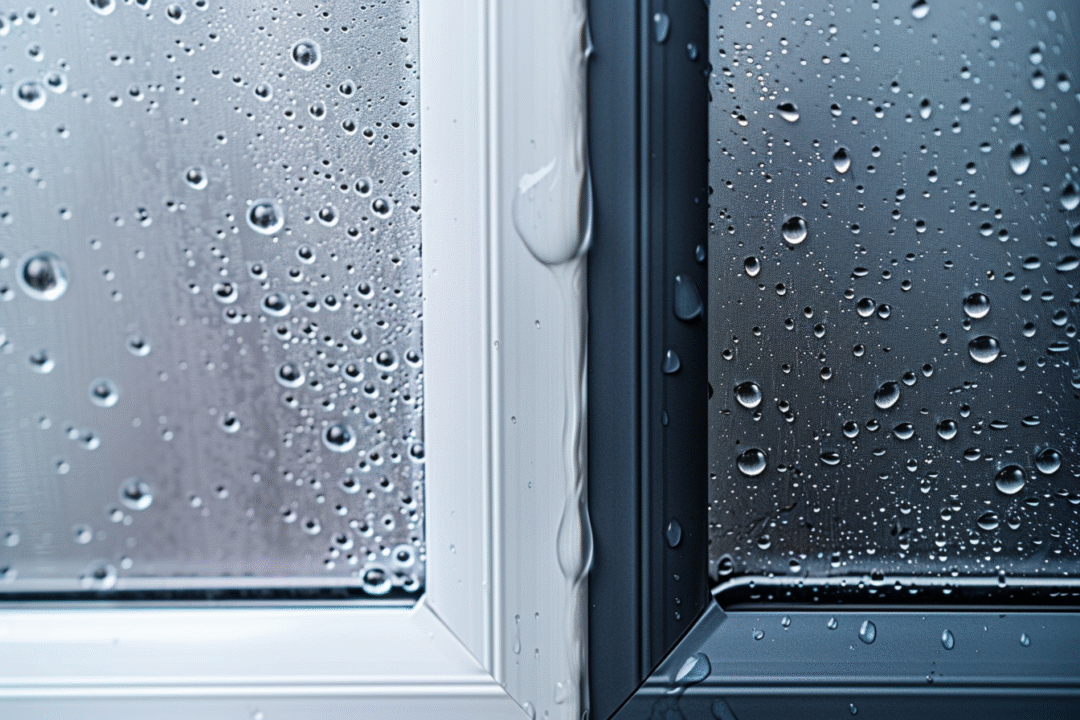
4. Maintenance & Lifespan
Both materials are low-maintenance — no painting, no rusting, no warping.
Factor |
uPVC |
Aluminium |
| Cleaning | Simple wipe-down twice a year | Same |
| Colour fade | May dull slightly after 20+ years | Powder-coated finish resists fading for 30+ years |
| Repairs | Easy and inexpensive | Rarely required |
Real-world view: We expect uPVC systems to last 25+ years and aluminium around 35+ years, depending on location and care.
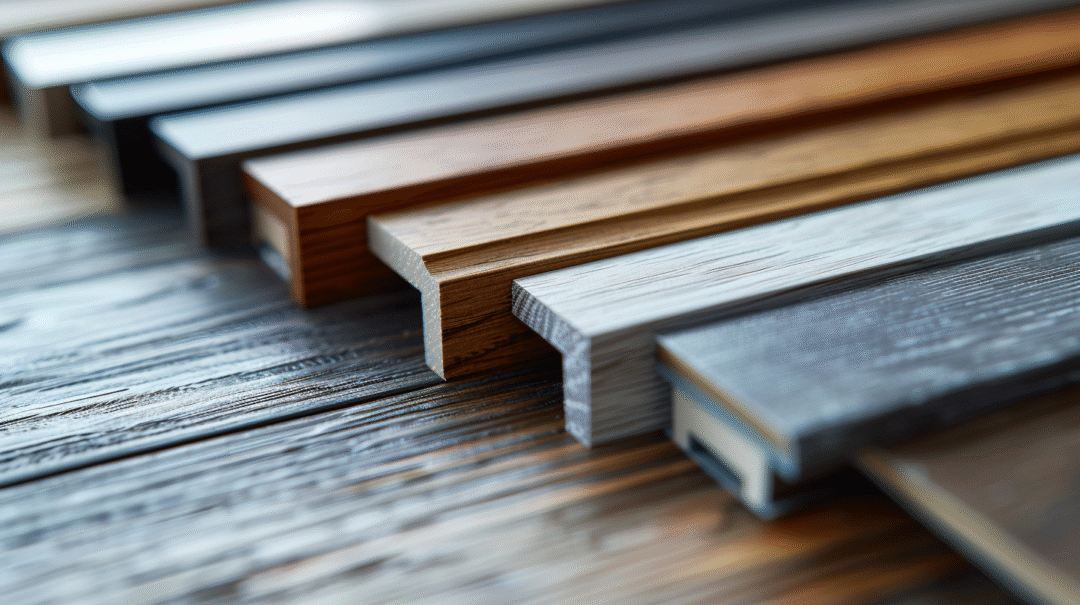
5. Style & Colour Options
Both offer extensive customisation:
- Unlimited RAL colours on both aluminium and uPVC.
- uPVC can also achieve realistic woodgrain effects. Rosewood, Golden Oak, Irish Oak, and more.
- Aluminium provides a flawless, contemporary finish but cannot replicate woodgrain texture.
So, if you’re trying to match existing Rosewood windows, uPVC is ideal. If you’re after clean anthracite lines or dual-tone contrast, aluminium will look sharper.
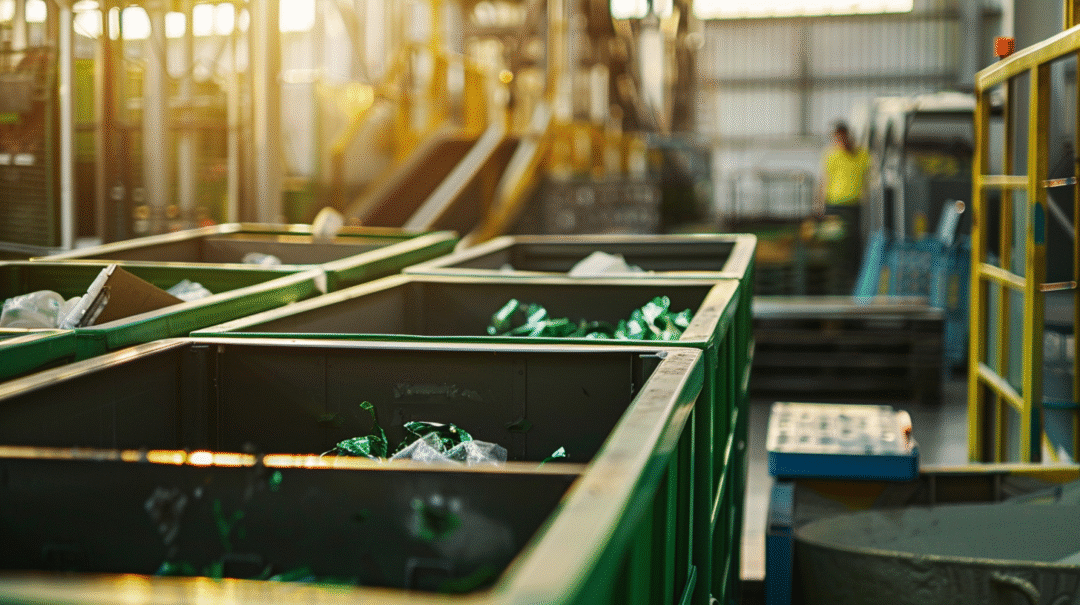
5. Sustainability
Aluminium is one of the most recyclable materials on earth. It can be reused indefinitely without losing quality.
uPVC is also recyclable, though it slightly downgrades each time it’s reused.
Both materials are eco-friendly options when sourced responsibly and installed with energy-efficient glazing.
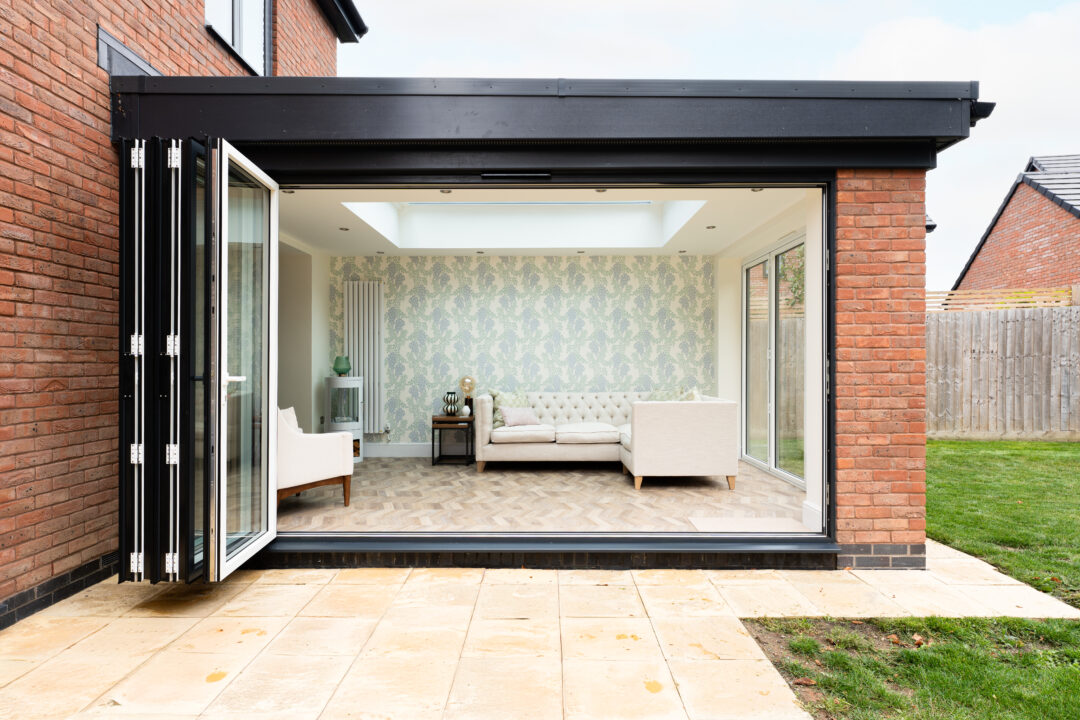
5. Quick Summary
Priority |
Best Choice |
| Lower cost | uPVC |
| Sleek, modern design | Aluminium |
| Woodgrain / heritage look | uPVC |
| Large openings (bifolds/sliders) | Aluminium |
| Long lifespan | Aluminium |
| Energy efficiency | Both (depends on roof/glass) |
Our Honest View
Every home and every homeowner is different.
Aluminium offers strength, sharp lines, and a longer lifespan. uPVC offers warmth, flexibility, and the option to match existing finishes.
At Precision, we design in both materials because the best system is the one that fits your space, budget, and style not a one-size-fits-all answer.

See the Difference in Person
Book a free design consultation and see both uPVC and aluminium frame samples side-by-side. So you can feel the difference yourself.
